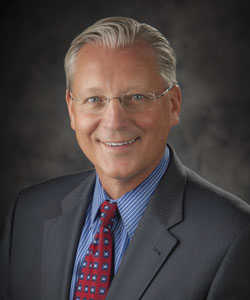Faculty on Leadership & Business
 Leadership & Business is an award-winning podcast series. In each of these episodes features faculty members discussing, strategies, tactics and information to help you become a more effective leader, communicator, and professional.
Leadership & Business is an award-winning podcast series. In each of these episodes features faculty members discussing, strategies, tactics and information to help you become a more effective leader, communicator, and professional.
Launched in 2015, Leadership & Business is produced by William & Mary's Raymond A. Mason School of Business. Ken White, Associate Dean, Graduate Business Programs and former award-winning broadcast journalist, hosts the podcast.






















